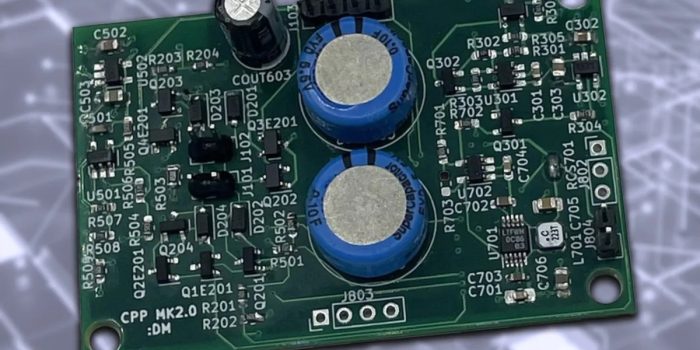MIT researchers have achieved a groundbreaking development in sensor technology by creating a completely self-powered sensor that harvests energy from its surroundings, eliminating the need for batteries or wired connections. This innovation opens up possibilities for monitoring critical infrastructure, particularly in hard-to-reach places, and has potential applications in various fields, including ship systems.
The sensor, described in a paper featured in the IEEE Sensors Journal, is a temperature-sensing device that attaches to a wire carrying electricity, such as the one powering a motor. It captures the magnetic field energy generated by the current in the wire, utilizing it to measure the motor’s temperature. The key advantage is its ability to operate on ambient power, making it easy to install without specific soldered connections.
The researchers provide a design guide covering essential components like the energy harvester, storage, power management, sensing circuit, and communication module. The sensor can continuously sense and control energy flow, store excess energy, and cold start, booting up its electronics with no initial voltage.
The framework is versatile, applicable to sensors using various energy sources like vibrations or sunlight, fostering the development of cost-effective and easy-to-install sensor networks for applications in factories, warehouses, and commercial spaces.
In the context of ship systems, the self-powered sensor addresses challenges related to power availability on ships. Traditional sensors require outlets and face strict restrictions on plugged-in equipment. The new sensor’s ability to harvest energy could facilitate the retrofitting of diagnostic sensors on ships, reducing maintenance costs significantly. John Donnal, an associate professor at the U.S. Naval Academy, sees the potential for measuring vibrations in pumps to provide real-time information on bearing and mount health.

The researchers intentionally avoided using batteries to enhance safety and simplicity, incorporating internal energy storage through capacitors. These capacitors, simpler than batteries, store energy in the electrical field between conductive plates. Careful design ensures they are large enough to store the necessary energy for the device to operate but small enough for a quick charge-up phase. The capacitors also account for potential energy leakage over extended periods when the sensor is not active.
The self-powered system is maintenance-free, utilizing control algorithms and a microcontroller to manage energy collection, storage, and usage. The microcontroller adjusts energy harvesting to prevent excessive power that could lead to device failure. Communication, particularly data transmission, is identified as the most power-hungry operation, prompting the researchers to explore less energy-intensive means such as optics or acoustics for future versions.
Looking ahead, the researchers plan to investigate less energy-intensive data transmission methods and develop more accurate models to predict energy needs for improved data gathering. The overarching goal is to create a versatile framework that allows balancing considerations between making necessary measurements and capturing unexpected valuable information about a device’s operations.


